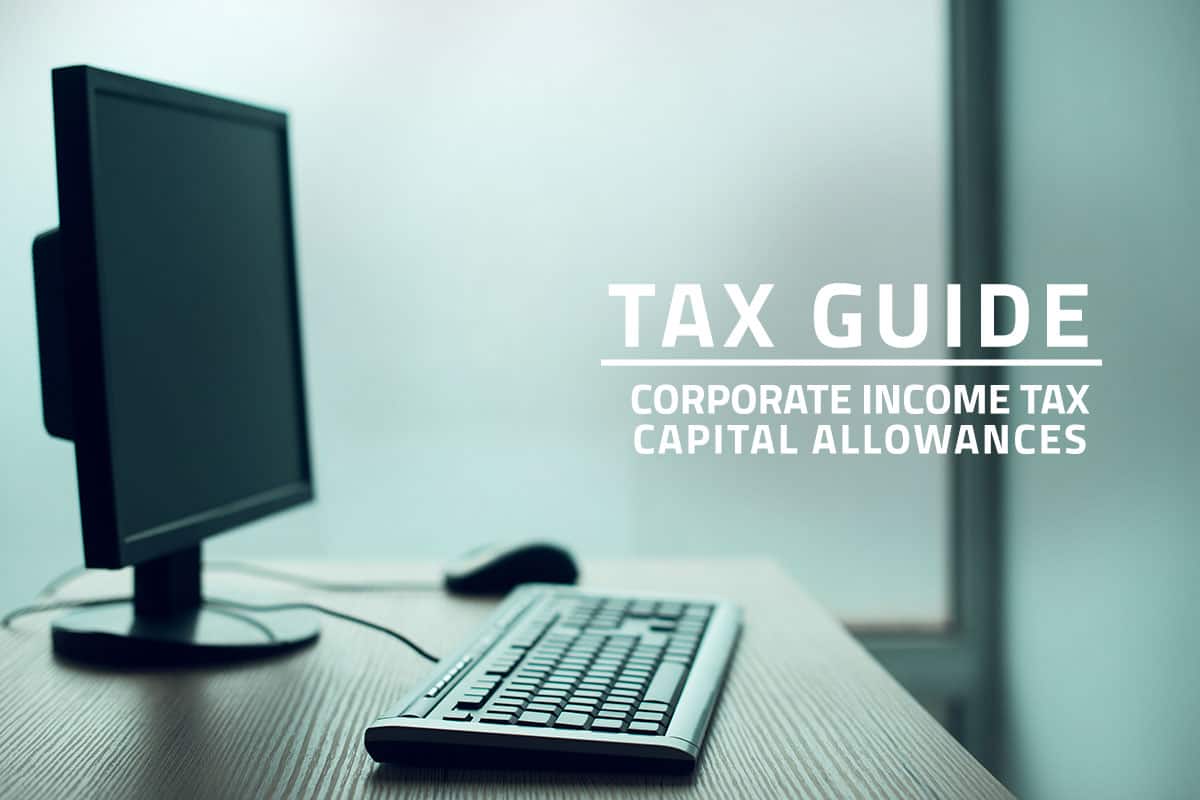Goods and Services Tax (GST) is an indirect tax collected by the Inland Revenue Authority of Singapore (IRAS) and it is applied to most goods and services sold to consumers and businesses within the country.
GST must be reported and paid by companies every three months and this quarterly GST submission is usually prepared by someone with adequate accounting knowledge.
Nevertheless, there may be instances where mistakes are made in the process of preparing the GST filing and whenever that occurs the GST F7 form can be used to correct these errors to avoid unnecessary penalties or to request a GST refund.

GST Forms Used by the IRAS
The IRAS has created three forms related to the GST and each of them has a different purpose:
GST Form F5 – The GST F5 is employed by businesses to submit their GST filing on a quarterly basis.
GST Form F7 – This form is used to inform the IRAS about errors committed by the business on previous GST filings.
GST Form F8 – This form is used when the business intends to cancel its GST registration. It can only be submitted if the business meets certain conditions.
Common Errors When Filing GST Returns
While preparing and filing GST is fairly easy with the e-services available through the IRAS website as well as readily available calculators for various tax concerns, there are still certain situations that may not be treated correctly which could lead to errors on a GST filing.
These are some of the most common situations according to the IRAS:
- Claiming GST without proper supporting documents: Each expense that generates an input tax must be supported by a valid invoice that contains the legal information of the business claiming the input tax. Any GST claim on unsupported expenses must be corrected accordingly on a future GST filing or through an F7 form.
- Apply zero-rate to all customers located overseas: Even though international sales are exempt from GST output tax, there are certain scenarios where the GST must be applied. These situations include:
- If goods were delivered to a Singaporean address.
- If there is no sufficient evidence that demonstrates that the goods where exported.
- Services benefitted a Singaporean resident.
- The services are directly connected to goods or land within Singapore.
- Failing to apply GST to assets sold by the business: The GST must be applied to the sale of certain fixed assets such as furniture, equipment, or machinery.
Requesting and Submitting an F7 Form
The easiest way to correct an error made on a GST filing is through an administrative concession, which applies if the Net GST Amount in error is lower than SGD1,500 or if the total non-GST amounts in error for each affected accounting period is lower than 5%. This concession allows the business to correct the mistake on the following GST filing.
On the other hand, if the business has paid GST in excess it can file an F7 form to request a refund within a period of five (5) years after the accounting period related to the claim and this form can be requested and submitted through the myTax Portal of the IRAS.
Finally, it is recommended that the process of filing for GST each quarter and any other GST procedures are handled by a qualified accountant who can guide the business owner appropriately to avoid unnecessary penalties.
Related Posts
Tax Guide: Singapore Capital Allowances
By law, all Singapore Companies are required to file annual income tax returns to the…
Quick Guide: IAS 20 – Accounting for Government Grants
This year, the COVID-19 crisis has adversely impacted the global economy. Singapore is no exemption,…
Singapore Guide: ISCA FRB 6 – Accounting for Jobs Support Scheme
This year, the COVID-19 pandemic has inevitably adversely impacted the global economy. Singapore companies and…
Quick Guide: Singapore’s Enhanced Jobs Support Scheme (JSS)
The Singaporean government launched the Jobs Support Scheme (JSS) in late April as part of…












